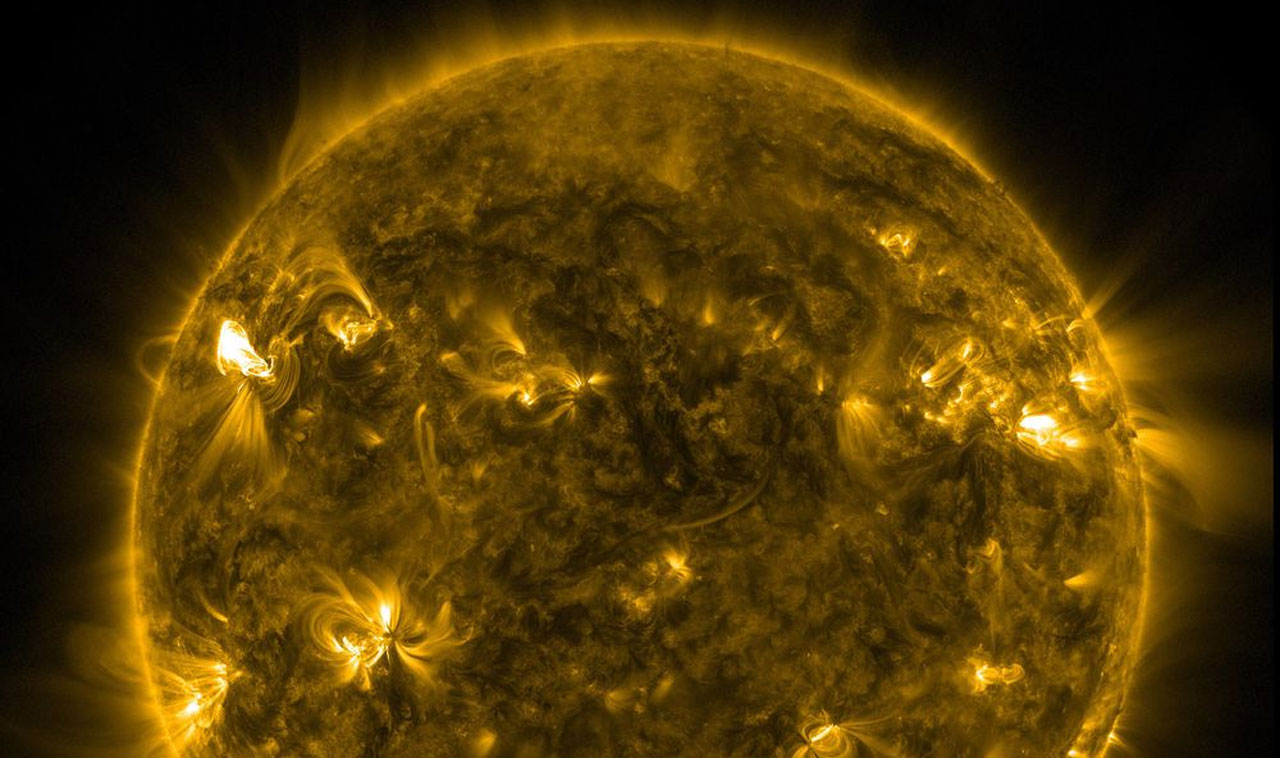
An uptick in solar storms could mean disruptions to power grids and satellites
The sun is constantly going through cycles that see the number of solar storms increase and decrease. A couple of days ago, a massive solar storm erupted on the surface of the sun that blasted millions of tons of super-heated gas off the surface of the sun in the direction of Earth. This type of eruption is called a coronal mass ejection, and on a cosmic scale, this eruption wasn’t particularly powerful.However, it doesn’t take a particularly powerful solar storm to cause noticeable results on earth. When the material ejected from the sun’s surface hit the magnetic field surrounding the earth, it triggered the strongest geomagnetic storm seen in years. Since the solar storm wasn’t particularly powerful, most people probably didn’t even know it happened.However, the significance of the storm is that it marked the fact that the sun is entering a period of more activity after being essentially asleep for many years. Geomagnetic waves from solar storms can interrupt power grids, jam radio communications, lead to dangerous radiation levels for airline crews, and disrupt critical satellites.The sun has 11-year cycles, and its cycle of increased activity kicked off in 2020. The cycle reached its peak in 2025 with the possibility of powerful space weather causing problems here on Earth. Interestingly, a study was published recently that showed hardening the electric grid in the US could lead to $27 billion in savings to the US power industry.Solar weather can significantly impact life here on earth. Scientists point to 2017 when a solar storm caused ham radios to become static-filled just as Hurricane Irma was hitting the Caribbean. In 2015, a solar storm knocked out GPS systems in the Northeastern US. The most significant solar storm ever happened in 1859 and is known as the Carrington Event and saw telegraph lines become electrified, leading to operators getting shocked and fires in offices in North America and Europe. A storm of that magnitude today could leave millions or billions of people without power.
……Read full article on SlashGear
Other
Comments
Leave a comment in Nestia App